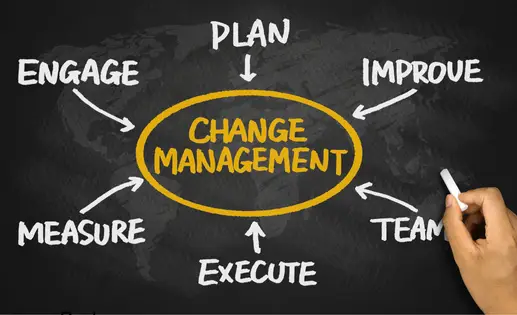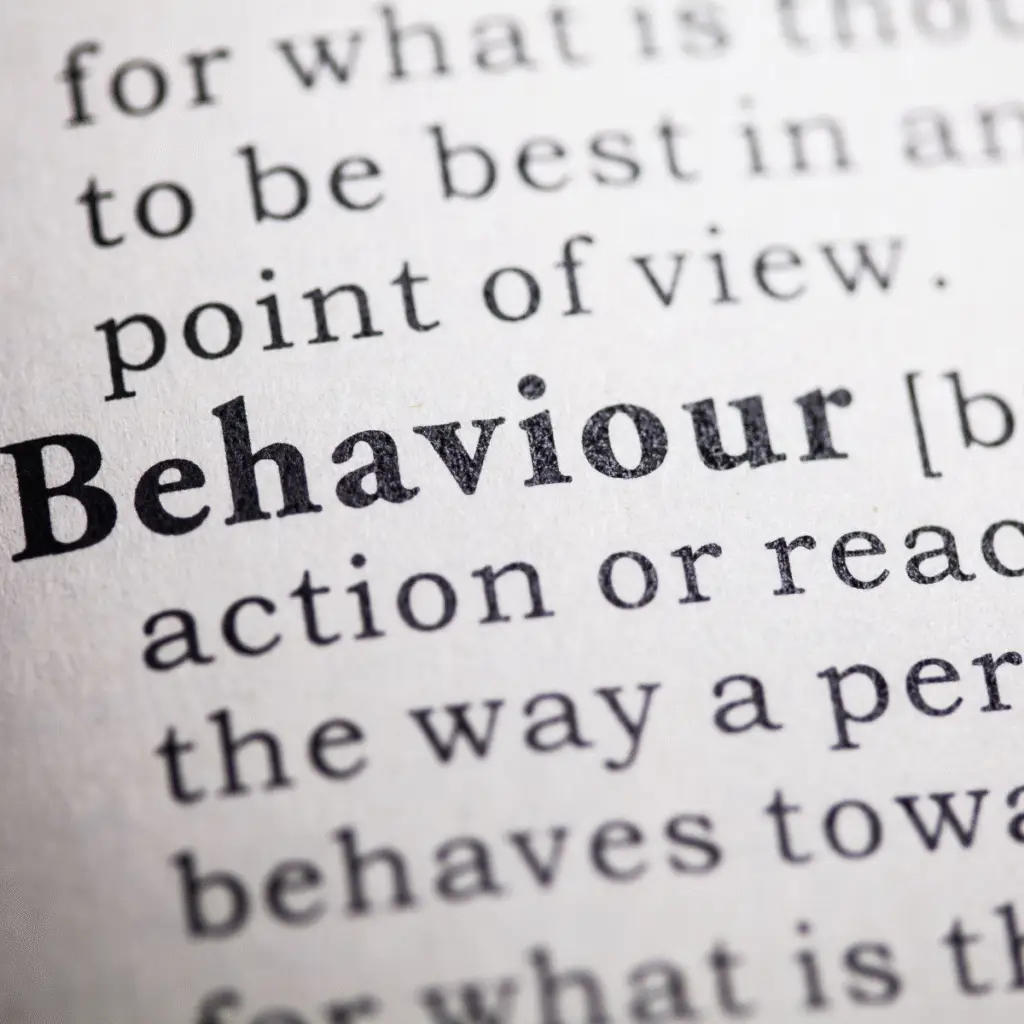Stop the Change Theatre. Build Capacity Instead.

Change isn’t an occasional project anymore; it’s a constant reality. HBR’s Leading Through Continuous Change (2025) shows that the average employee is now involved in ten separate initiatives at once, compared to just two in 2016. What looks like resistance is often something else entirely: overload. Most organisations don’t struggle with resistance; they struggle with capacity.
At Enable Change Partners, we’ve learned that transformation succeeds when leaders design for capacity, not just momentum. That means mapping where teams are stretched, sequencing initiatives around real energy, and building recovery time into delivery.
When people have space to absorb change, they stop pushing back and start engaging. The key isn’t to make change happen faster but to make it possible for people to keep going.
The Power of Partnership: Building Strong Relationships in Technology Projects

Behind every successful technology project is one defining factor: strong relationships.
Tools, frameworks, and budgets matter, but the real difference comes from how people connect, collaborate, and trust one another.
When Project, Change, Test, and Business teams work together with empathy and respect, they deliver more than a functioning system. They create solutions that people understand, believe in, and are ready to use. Transformation succeeds when relationships are as strong as the technology itself.
Beyond the Dashboard: Why Change Success Can’t Be Measured in Clicks

It’s easy to celebrate numbers that look good: 100% trained, 100% logged in, a “smooth” launch. But numbers don’t tell you if the change is truly working. Real progress shows up in how people behave, not just what the dashboard displays.
At Enable Change Partners, we look beyond completion rates to what really matters: confidence, capability, and connection. Because meaningful change doesn’t live in reports. It lives in people.
What is Change Management?

Change management is about helping people adjust when the way they work shifts, whether through new systems, processes, or rules. Too often, organisations focus on technology and procedures while overlooking the people who need to adapt. When employees are not supported, resistance grows, morale drops, and projects stall. At Enable Change Partners, we focus on every dimension of change: social, behavioural, emotional, physical, and technical. By training staff, coaching leaders, and providing ongoing support, we help organisations of any size embed new ways of working smoothly. The result is faster adoption, reduced resistance, and employees who feel engaged, valued, and capable of thriving in the future.
Beyond Checklists: Measuring Behaviour in Change

Measuring change goes beyond counting training attendance, survey responses, or e-learning completions. These numbers show participation, not whether people are working differently. Real insight comes from behavioural measurements, the observable actions that signal change is taking hold. Whether it is managers approving timesheets in a new system, employees creating guides to help colleagues, or teams starting meetings with new priorities, these small shifts reveal adoption in action. By defining success in behavioural terms, creating safe ways to observe, and using those insights to guide conversations, organisations gain a clearer view of progress. Behavioural measures uncover whether new ways of working are embedded, highlight early warning signs, and demonstrate the real value of change.
Reinvention Leadership: The New Core of Change Management

“The pace of change has never been this fast, yet it will never be this slow again.” – Justin Trudeau. Business models that once lasted decades are now expiring in just a few short years. McKinsey research indicates that the average lifespan of a company listed on the S&P 500 has decreased from 75 years […]
8 Essential Steps to Humanise Organisational Change

Organisational change succeeds when it is humanised. Too often, change efforts focus on processes and structures while overlooking the people who bring them to life. Employees are not just resources; they are individuals with hopes, fears, and valuable insights. Involving them early, listening with intent, communicating with clarity, and creating safe spaces for honest feedback fosters trust and engagement. When people feel valued and supported, resistance turns into advocacy and compliance becomes genuine enthusiasm. By equipping teams with the right tools, empowering leaders to show empathy, and building a culture of adaptability, organisations can transform change from a top-down mandate into a shared journey of growth and innovation.
What’s the Best Way to Communicate Change?

Effective communication during change is not about rigid rules or one-size-fits-all solutions. With rapid digital adoption, evolving customer expectations, and diverse teams, flexibility is the real key. Some employees prefer emails, others value face-to-face conversations, while many respond best to videos or interactive sessions. The role of a leader is to know the audience, personalise messages, and make them meaningful by showing what change means for each person. When communication is authentic, consistent, and emotionally connected, stakeholders feel part of the journey rather than passive recipients of information. This flexible approach not only builds trust and engagement but also strengthens adoption and long-term success.
What’s the True Cost of Fast-Tracked Change?

Rushing change may deliver quick wins, but it often comes at a hidden cost to employees’ well-being, psychological safety, and long-term morale. Without a clear strategy and a focus on people, rapid change can lead to stress, burnout, and resistance that undermine adoption and productivity. Successful transformation requires balance: a clear vision, strong stakeholder engagement, expert guidance, and a people-centred approach that supports resilience. When change is thoughtful and inclusive, organisations achieve both speed and sustainability, creating lasting agility without sacrificing their people in the process.
Creating a Change Culture That Lasts

No matter how well-designed your strategy is, lasting change depends on culture. If people are not engaged, every project becomes a struggle. Building a change culture means leading by example, involving employees at every stage, communicating openly, and investing in skills that build confidence and resilience. It also means embedding change into policies and everyday practices so it becomes part of the organisation’s DNA, not a one-off event. Recognising effort and celebrating milestones reinforces commitment and shows people their contributions matter. When trust, communication, and involvement are prioritised, change shifts from being a top-down directive to a shared journey that creates agility, resilience, and long-term success.
